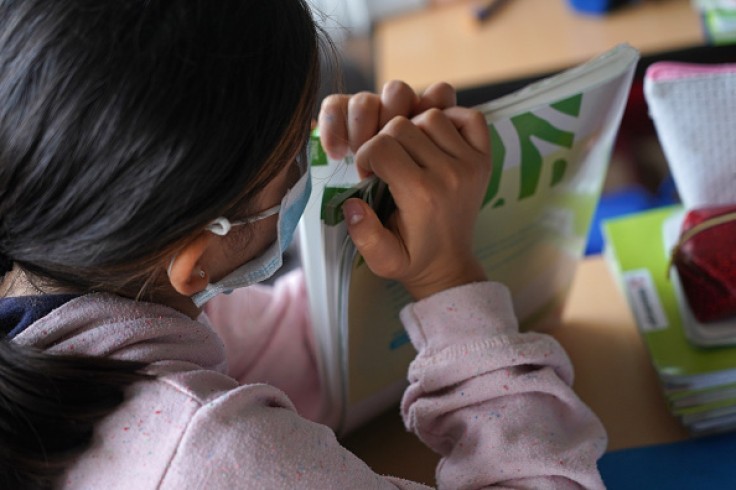
According to a study of more than 1700 adolescents, just a small percentage of patients reported had COVID-19 symptoms before developing the extreme inflammatory disease.
More than 3,000 children have been diagnosed with multisystem inflammatory syndrome in children or MIS-C, a severe disease related to coronavirus infections. The condition can result in organ failure, low blood pressure, fever, and other symptoms, and 36 children have died due to it since the COVID-19 pandemic started last year.
According to a study published in JAMA Pediatrics on April 6 that looked at hundreds of MIS-C cases, most of the patients didn't mention being sick from their prior SARS-CoV-2 infection until developing the syndrome. Just 265 of the 1,075 kids with MIS-C about whom the authors had details about their COVID-19 attack recorded a previous illness, and those who didn't have higher rates of low blood pressure, shock, cardiac failure, and ICU admission.
According to Jennifer Blumenthal, a pediatric intensivist and infectious disease specialist at Boston Children's Hospital who was not involved in the research, it only means primary-care pediatricians ought to have a high index of suspicion for this because COVID-19 is so prevalent in society and children frequently have an asymptomatic disease as their initial COVID-19 infection.
MIS-C and COVID-19 symptoms connected
Last spring, doctors discovered the connection between MIS-C and COVID-19, noticing that patients often had mild or asymptomatic infection cases beforehand.
Physicians from health departments across the United States looked at 1,733 MIS-C cases in the most recent survey. Diagnoses peaked in early May, early August, and early December, two to five weeks after COVID-19 cases peaked.
Fever, stomach pain, vomiting, rash, diarrhea, and conjunctival hyperemia, which causes the blood vessels in the eye to appear red and dilated, were all common symptoms among the patients. Half of the adolescents had low blood pressure, and about a third of them had heart problems. Approximately 58 percent of those admitted required intensive care. In the report, 24 patients died.
According to another report released last month, about 10% of children hospitalized with MIS-C had acute kidney injury.
The cause of MIS-C in some children is unknown. "Most MIS-C illnesses are suspected to result from asymptomatic or mild COVID-19 with hyper inflammation coinciding with peak antibody development several weeks after initial SARS-CoV-2 infection," the authors write in their paper. According to a report published last year, children with MIS-C have immunological differences from adults with extreme COVID-19. The adults have higher levels of specific cytokines involved in infection defense.
For children, the risk of developing MIS-C is still very low. 3.47 million children have tested positive for COVID-19, according to the American Academy of Pediatrics (AAP) this month. According to Sean O'Leary, vice chairman of the American Academy of Pediatrics' infectious diseases committee, most children react very well to care, and the vast majority get better.
The study also discovered that the Northeast, which saw the first wave in cases, and the South, had the highest MIS-C cases per population. On the other hand, the Midwest and West had the highest per-population rates of children with COVID-19 but the lowest rates of MIS-C. According to the writers, although the concentration of cases spread from large cities to smaller towns over time, it was not as pronounced as overall pandemic patterns.